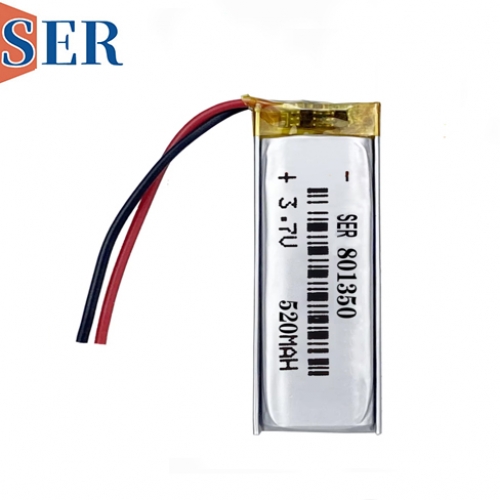Advancements in MWD, LWD Tools Battery Packs and High-Temperature Li-SOCl₂ Batteries
Advancements in MWD, LWD Tools Battery Packs and High-Temperature Li-SOCl₂ Batteries

In the realm of oil and gas exploration, Measurement-While-Drilling (MWD) and Logging-While-Drilling (LWD) tools play a crucial role in collecting vital data during the drilling process. These tools rely heavily on battery packs to power their operations, especially in remote and inaccessible locations. With the increasing demand for deeper and more complex drilling operations, the need for reliable and high-performance battery packs has become paramount. Among the various battery technologies available, Lithium-Thionyl Chloride (Li-SOCl₂) batteries have emerged as a preferred choice due to their exceptional performance under high-temperature conditions. This article delves into the advancements in MWD and LWD tools battery packs, particularly focusing on Li-SOCl₂ batteries and their applications in high-temperature environments.
I. Introduction to MWD and LWD Tools
Measurement-While-Drilling (MWD) and Logging-While-Drilling (LWD) tools are sophisticated pieces of equipment used in the oil and gas industry to collect various types of data during the drilling process. MWD tools primarily measure the direction and inclination of the drill bit, while LWD tools provide additional information such as formation resistivity, porosity, and lithology. These tools help in accurate well placement, optimization of drilling parameters, and improved hydrocarbon recovery.
II. Importance of Battery Packs in MWD and LWD Tools
Battery packs play a vital role in powering the sensors, transmitters, and other electronic components of MWD and LWD tools. The performance and reliability of these battery packs directly impact the efficiency and accuracy of the data collected by the tools. In addition, the battery packs must be able to withstand the extreme temperatures, pressures, and vibrations encountered during drilling operations.
III. Lithium-Thionyl Chloride (Li-SOCl₂) Batteries
Lithium-Thionyl Chloride (Li-SOCl₂) batteries are a type of primary battery that offers high energy density, long shelf life, and excellent performance under high-temperature conditions. These batteries utilize Lithium as the anode and Thionyl Chloride (SOCl₂) as the electrolyte. The combination of these materials results in a battery with a high voltage output (around 3.6V) and a stable discharge curve.
IV. Advantages of High temperature Li-SOCl₂ Batteries for MWD and LWD Tools
High Energy Density: Li-SOCl₂ batteries have a high energy density, meaning they can store more energy per unit volume or weight compared to other battery chemistries. This is crucial for MWD and LWD tools as it allows for longer operating times and reduced tool weight.
Long Shelf Life: Li-SOCl₂ batteries have an extended shelf life, which can be several years or more. This ensures that the battery packs remain functional even after long periods of storage, reducing the need for frequent replacements.
Excellent High-Temperature Performance: Li-SOCl₂ batteries exhibit excellent performance even at temperatures up to 150°C. This is crucial for MWD and LWD tools as they often operate in environments with high temperatures.
Stable Discharge Curve: The discharge curve of Li-SOCl₂ batteries is relatively stable, meaning the voltage output remains consistent throughout the discharge cycle. This ensures reliable operation of the MWD and LWD tools.
V. Advancements in Li-SOCl₂ Battery Technology
In recent years, significant advancements have been made in Li-SOCl₂ battery technology, further enhancing their suitability for MWD and LWD tools. Some of these advancements include:
Improved Safety: Advances in battery design and manufacturing processes have improved the safety of Li-SOCl₂ batteries. These batteries are now equipped with various safety mechanisms such as thermal runaway prevention systems and pressure relief valves to ensure safe operation under extreme conditions.
Increased Capacity: Researchers have developed new anode and electrolyte materials that allow for increased energy storage capacity in Li-SOCl₂ batteries. This translates into longer operating times for MWD and LWD tools.
Faster Charging: Although Li-SOCl₂ batteries are primarily primary batteries and not rechargeable, recent advancements have focused on developing secondary Li-SOCl₂ batteries that can be recharged. This technology is still in its early stages, but it has the potential to significantly reduce the operational costs associated with battery replacements.
Enhanced Durability: The durability of Li-SOCl₂ batteries has been enhanced through





